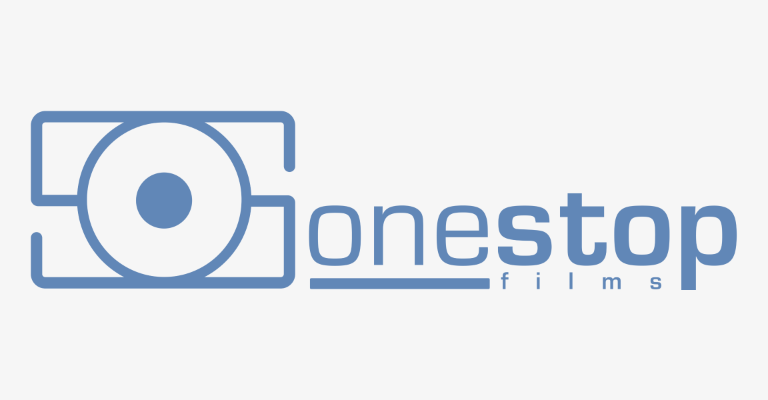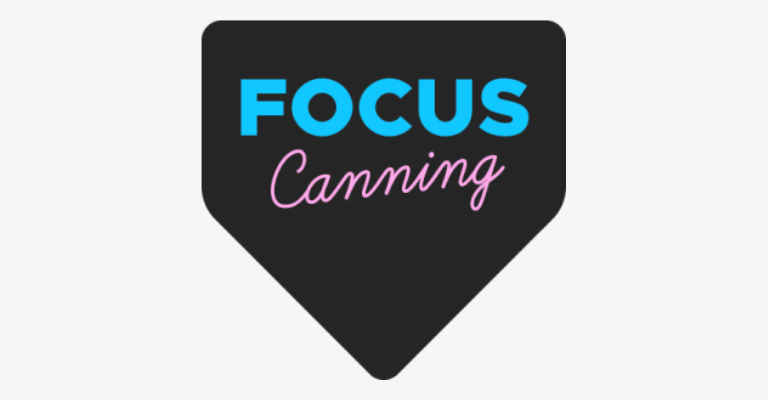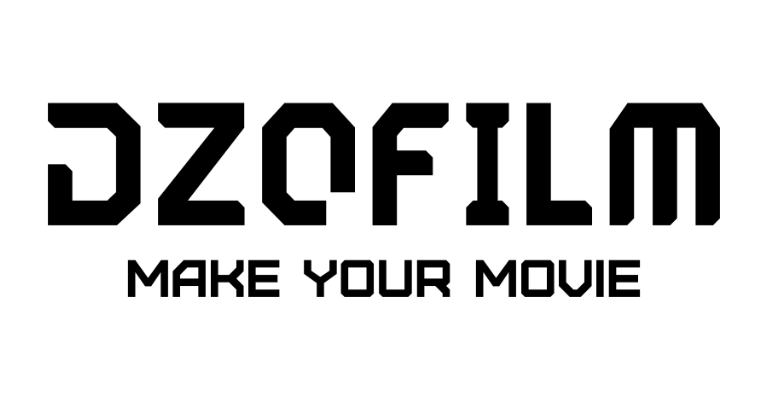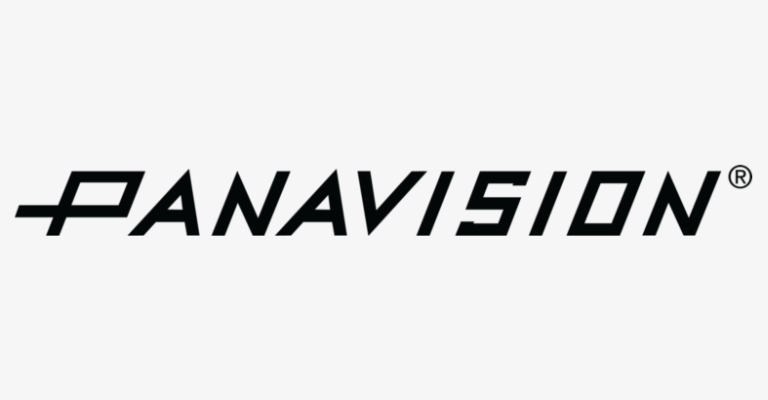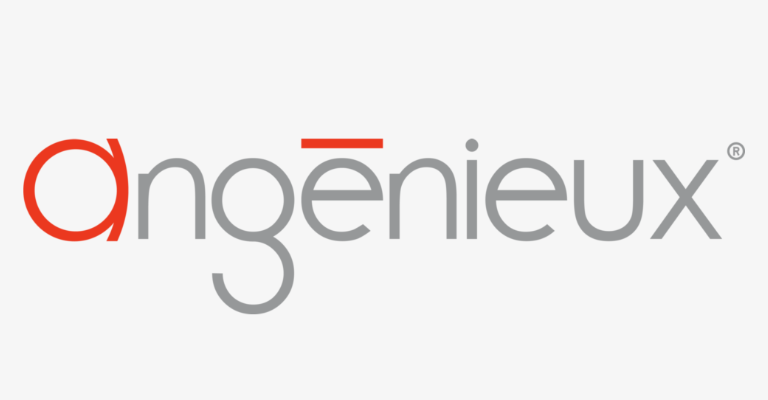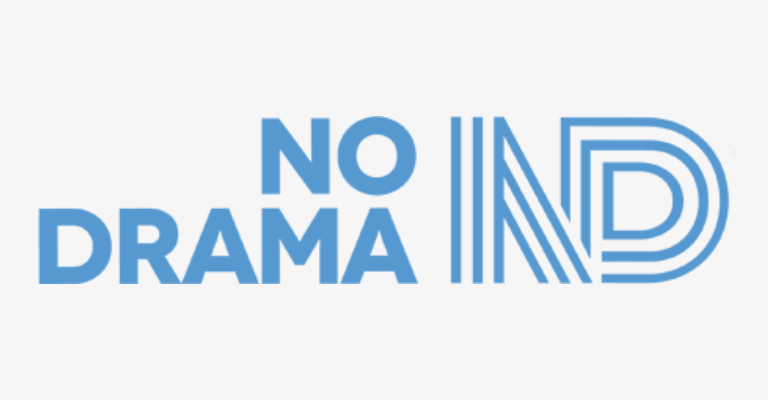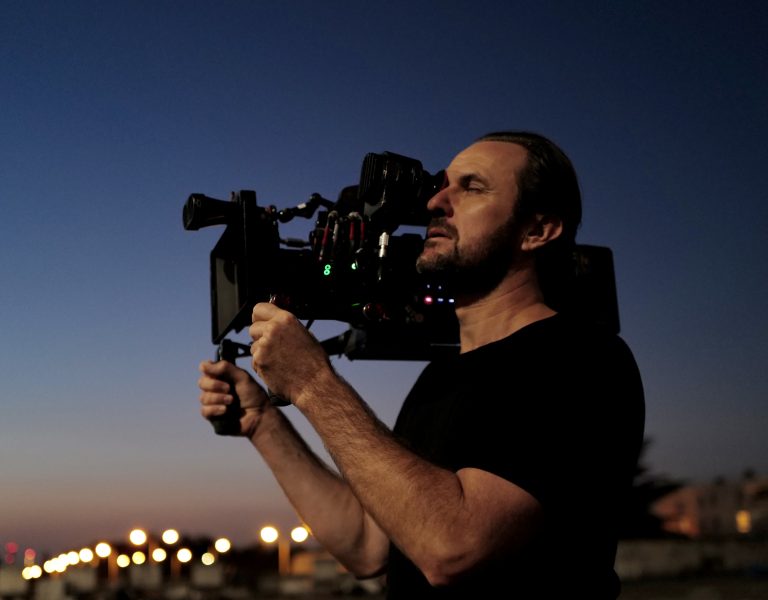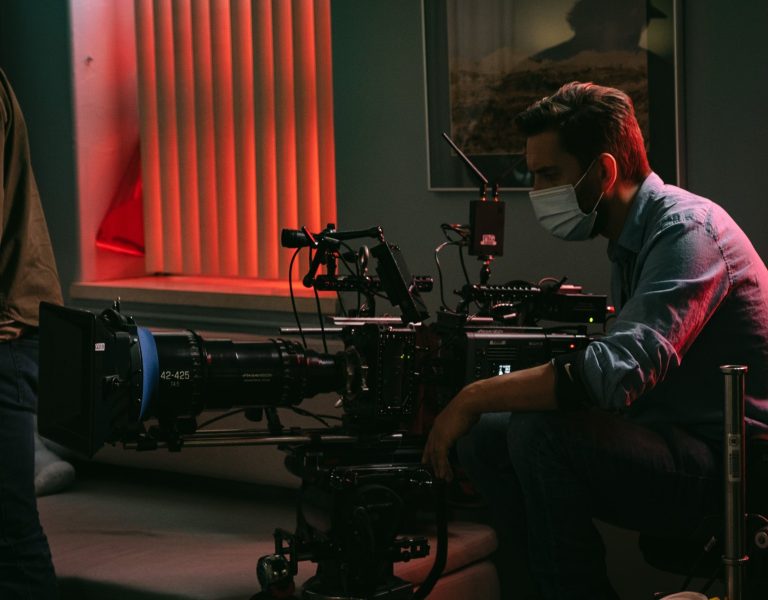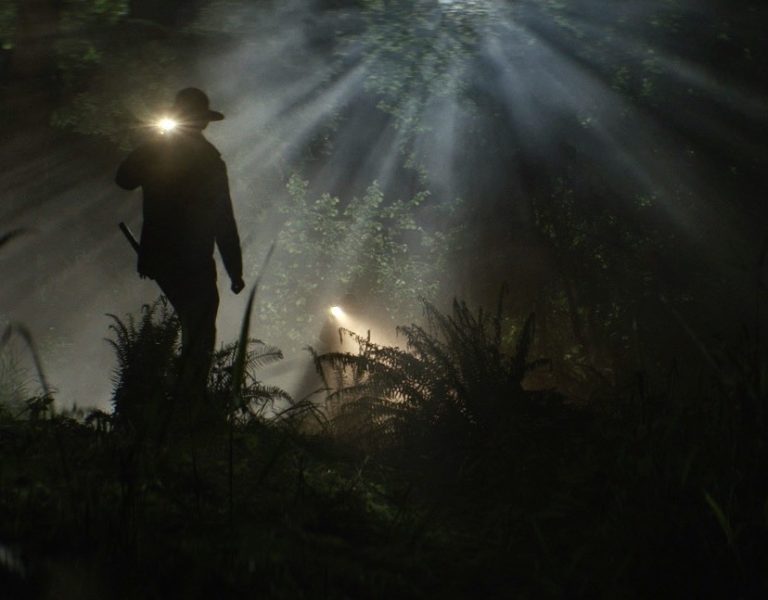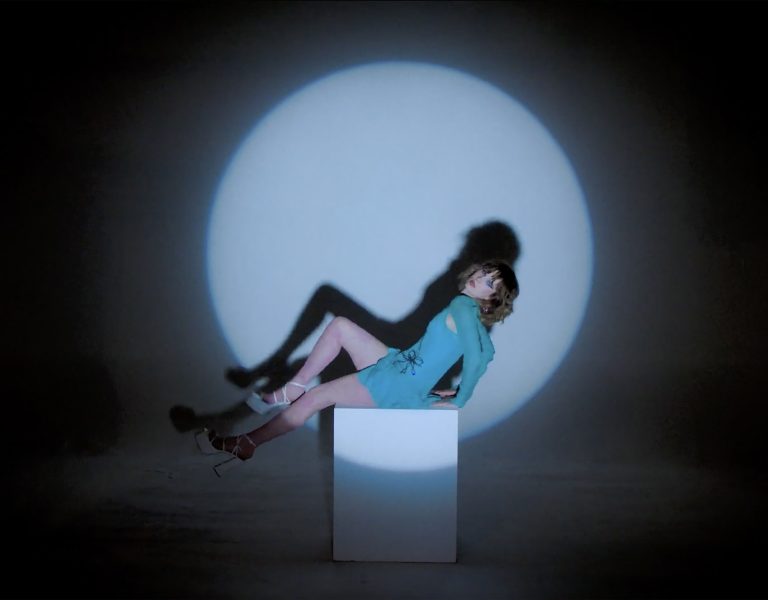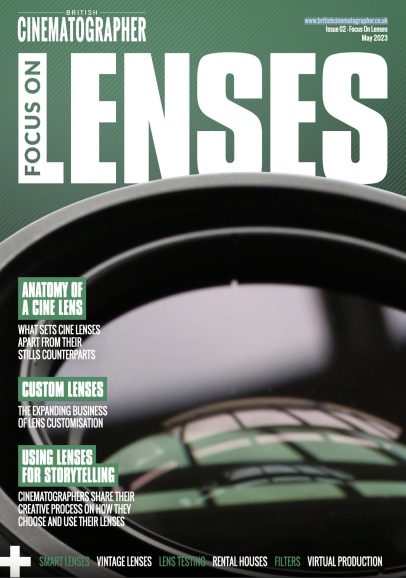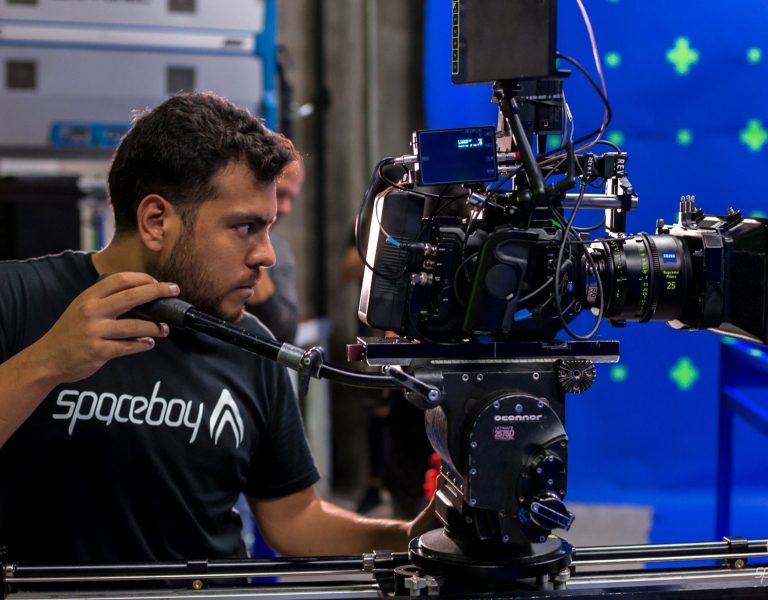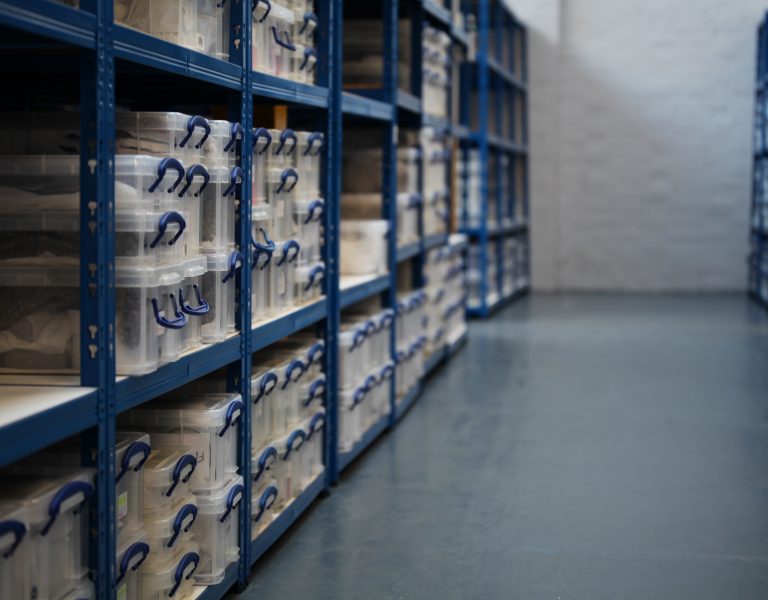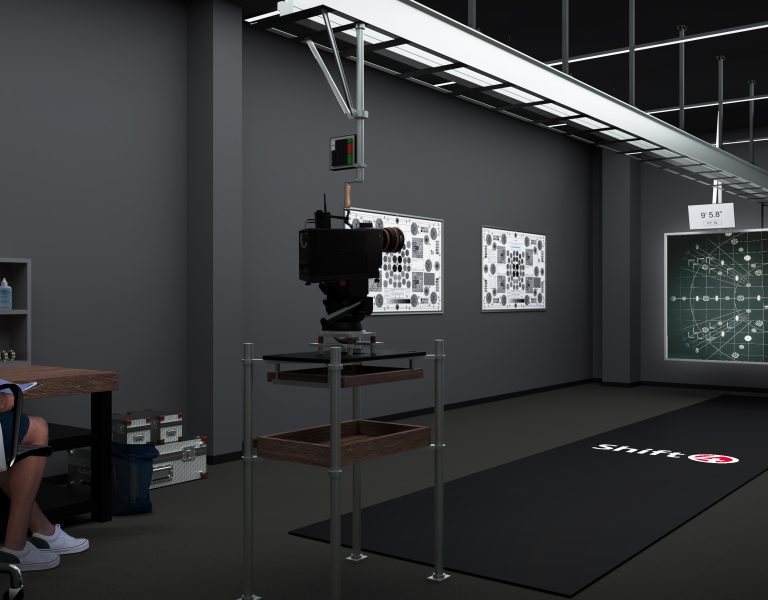A plethora of filtration and lens options gives filmmakers the perfect opportunity to establish the desired look for their project in camera.
The instinct to defer creative choices is understandable in an environment as expensive and risk-strewn as a film set. The huge capability of modern post-production makes it more practical than ever to put things off, though there are also reasons to do things in camera – and ever more filtration and lens options to make that possible.
Shane Hurlbut ASC hardly needs any introduction, having photographed a raft of high-profile productions over the last 20 years. Hurlbut prefers, he says, to deliver a close-to-final result on set to avoid normalising an image that might change later. “When I first started doing theatrical film, The Rat Pack, with Rob Cohen, we sat down and discussed the look. I said, ‘What if we reference these [George] Hurrell photographs which were so epic during the ‘30s, ‘40s and ‘50s… What if we use smoke and a Fogal 110 Noir stocking on the back. We’ll pull it a little tighter for the closeups and we’ll let it go more limp for wide shots, like a heavier filter on wide lenses and a lighter filter on longer.’ That was my first narrative experience. I was immediately chucking something on the glass.”
The usefulness of techniques just like that in establishing the look as early as possible was reinforced for Hurlbut on Into the Blue in 2005, produced just as modern post techniques were beginning to emerge. “DVD dailies had just come out and the whole look management was still very archaic, so we basically did kind of a flat pass of the dailies, not putting any kind of looks on them. Then when I went into colour, the director had been sitting with that look for six or seven months and he didn’t want to change it. I realised I need to be super specific, not only to show references, but I need to get it as close as possible.”
There are more practical reasons to reach for filtration, too, especially in a world which seems to adore vintage lenses, but sometimes leaves cinematographers pining for the historic circumstances those historic designs were built to handle. “That’s the whole thing with anamorphics,” Hurlbut points out. “The older anamorphics – everyone wants to shoot them, but I love composition where I have someone over on the left side and someone in the right corner and you have a lens that resolves all the way across from left to right.”
New optical tricks made possible by new lens designs represent, as Hurlbut puts it, something of the best of both worlds. “I love the whole idea that there’s one lens system and you’re able to create hundreds of different looks, whether it’s changing a rear element or internally. I want a lens that can do multiple looks and be able to change it in the field, not have the rental house redo all this stuff.”
The demands placed on production by ambitious modern schedules, as Hurlbut knows only too well, can make vintage glass less practical. “My days are shorter, my schedule is shorter, my budget is lower. As much as I would love to play around with weird antique glass, I also want to be efficient, and give the director the time to get the performances. I think that’s where we’re heading with lens technology, and all these internal and external filters, on the front and the back end. When all’s said and done, if everyone’s there to see the look, I’ve failed as a cinematographer. I need to give the director the time to work, so the actors are in the zone and getting the emotion. That’s what captivates the audience.”
–
Words: Phil Rhodes






